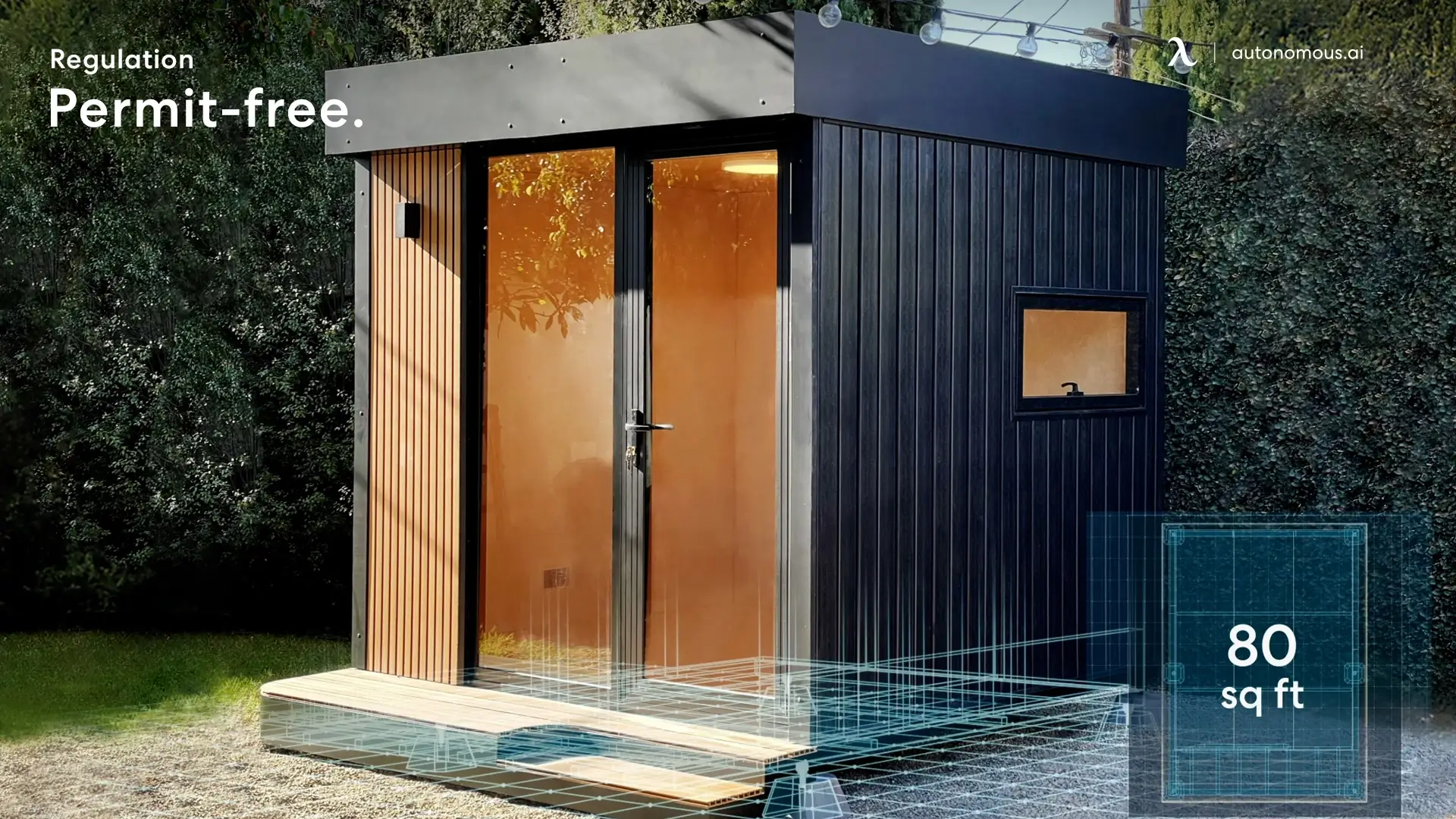
Los Angeles Junior ADU Guidelines & Requirements
Table of Contents
- What is a Junior ADU?
- Junior ADU Laws and Regulations in Los Angeles
- Cost of Building a Junior ADU in Los Angeles
- How to Build a Junior ADU in Los Angeles
- Difference Between an ADU and a JADU
- Why Are Los Angeles Homeowners Building JADUs?
- WorkPods: A Permit-Free Alternative to JADUs in Los Angeles
- Conclusion
As housing costs in Los Angeles continue to rise, homeowners are looking for cost-effective ways to maximize their property’s potential. Junior Accessory Dwelling Units (JADUs) offer an affordable and space-efficient solution for adding additional housing without major construction work. Whether you’re considering a junior ADU in Los Angeles for rental income, multigenerational living, or a private workspace, understanding the rules, costs, and building process is essential.
What is a Junior ADU?
A Junior Accessory Dwelling Unit (JADU) is a small secondary housing unit located within the existing footprint of a single-family home. Unlike traditional ADUs, a JADU must be built inside the main residence, typically converting an attached garage, bedroom, or unused living space.
Key Features of a Junior ADU in Los Angeles:
- Size Limit: Maximum 500 sq. ft.
- Must be Part of the Primary Residence: Unlike a detached ADU, a JADU cannot be built separately from the main house.
- Owner-Occupancy Required: The homeowner must live in either the primary residence or the JADU.
- Efficiency Kitchen: A JADU must include a small kitchen, but a full-size kitchen is not required.
- Shared or Separate Bathroom: The JADU can share a bathroom with the main house or have its own, depending on available space.
With simpler building requirements and lower construction costs, a jr ADU in Los Angeles is an ideal option for homeowners looking to expand their living space without the hassle of building a full-sized detached ADU.
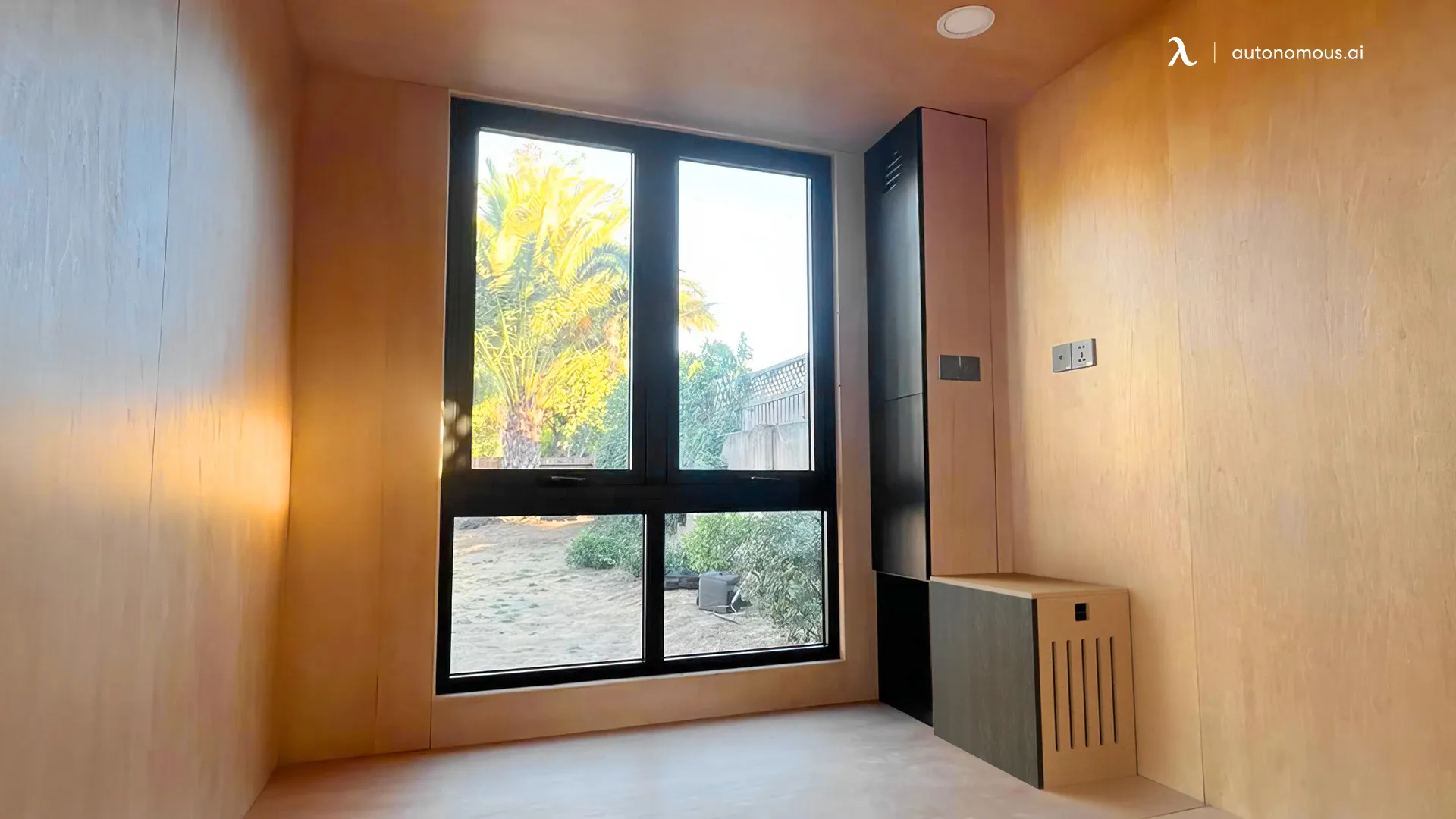
Junior ADU Laws and Regulations in Los Angeles
Los Angeles has specific rules and zoning regulations that homeowners must follow when building a junior ADU. These laws ensure that JADUs are safe, functional, and comply with the city's housing policies.
1. Junior ADU Los Angeles Requirements
- A JADU must be built within an existing single-family home, either by converting an interior space or an attached garage.
- The unit cannot exceed 500 sq. ft. in total floor area.
- The JADU must be independently accessible, meaning it must have a separate entrance from the main house.
2. Zoning Regulations
- Single-Family Zones (R-1, RE, RS, and RA): Homeowners can add one JADU per lot in addition to a detached ADU.
- Multi-Family Zones: Some multi-family lots may be eligible for JADUs, but the rules vary based on property size and zoning restrictions.
- No Additional Parking Required: JADUs are exempt from parking requirements, making them an easier addition to homes with limited space, but the property must comply with garage conversion requirements in Los Angeles if converting a garage.
3. Kitchen & Bathroom Requirements
- JADUs must have an efficiency kitchen, which includes:
- A sink with a maximum waste line diameter of 1.5 inches.
- A cooking appliance (such as a cooktop or microwave).
- Storage cabinets and counter space.
- A separate bathroom is optional—the JADU can share a bathroom with the main home.
4. Owner-Occupancy Requirement
- One of the units (either the JADU or the primary residence) must be owner-occupied.
- Rental of the JADU is allowed, but short-term rentals (less than 30 days) may be restricted.
5. Permit Process for Junior ADUs in Los Angeles
- Permit Required: Homeowners must apply for a building permit with the Los Angeles Department of Building and Safety (LADBS).
- Simplified Approval Process: Since JADUs are smaller and don’t require separate utility connections, permits are generally faster and less expensive than standard ADU approvals.
Understanding these junior ADU Los Angeles requirements ensures a smooth building process while staying compliant with city zoning laws.
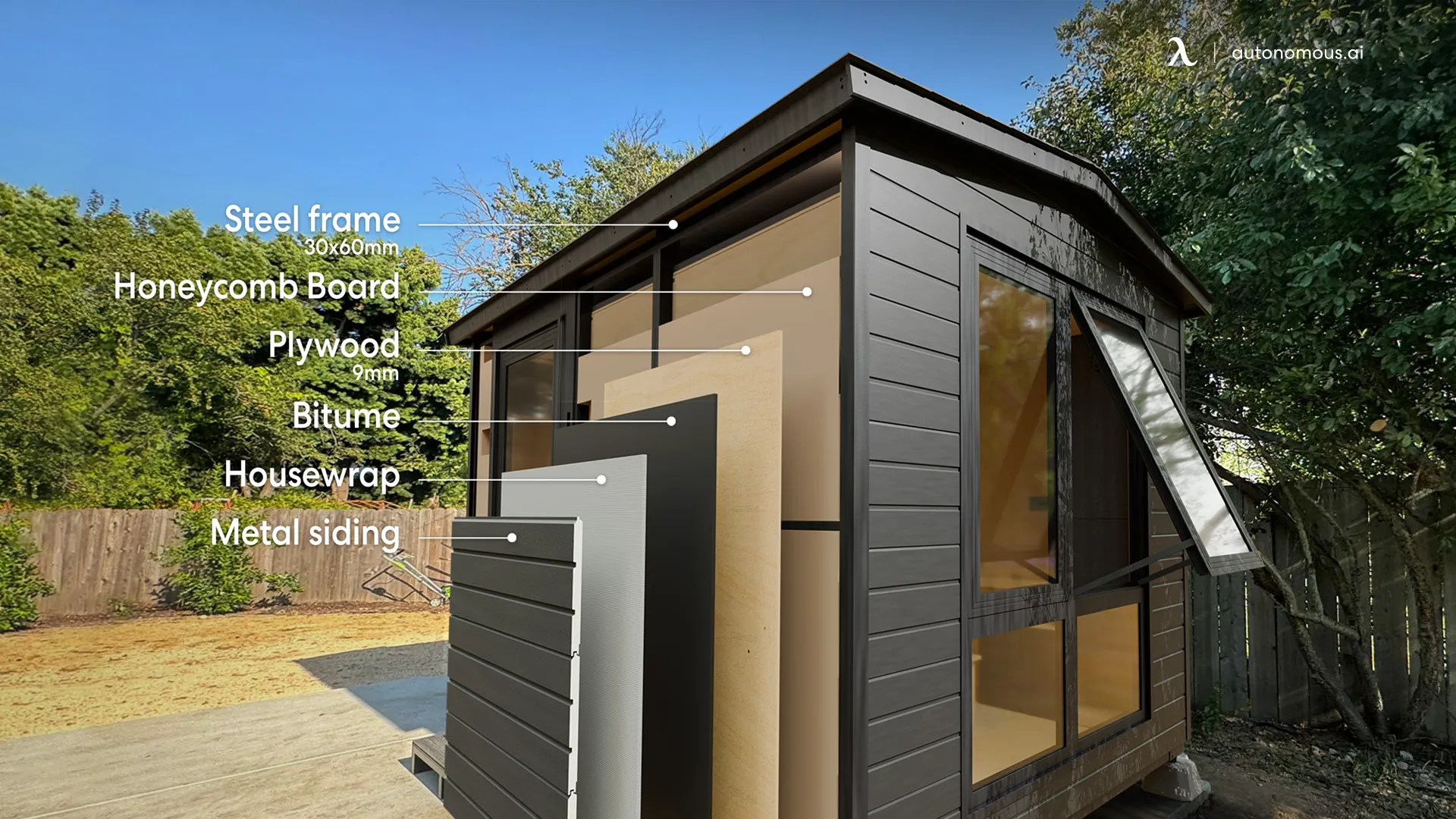
Cost of Building a Junior ADU in Los Angeles
A junior ADU in Los Angeles is significantly cheaper to build than a traditional ADU since it does not require a new foundation, separate utilities, or extensive construction work.
Expense | Estimated Cost |
Interior Conversion (Garage/Bedroom/Living Space) | $50,000 – $100,000 |
Permitting & Fees | $1,500 – $5,000 |
Kitchen Installation | $5,000 – $15,000 |
Bathroom Addition (If Needed) | $10,000 – $25,000 |
Architect & Engineering Fees | $3,000 – $8,000 |
Total Estimated Cost | $70,000 – $150,000 |
Factors that impact cost include:
- Scope of renovations (e.g., converting a bedroom vs. adding a new kitchen).
- ADU sewer connection in Los Angeles for plumbing compliance
- Quality of materials and finishes.
- Hiring a general contractor vs. DIY approach.
Compared to the $150,000 – $300,000 cost of a full-sized ADU, a JADU is a much more affordable option for Los Angeles homeowners.
How to Build a Junior ADU in Los Angeles
Step 1: Confirm Eligibility & Zoning Requirements
- Check local zoning laws to ensure that your property qualifies for a JADU.
- Verify the Los Angeles building codes for additional space requirements.
Step 2: Design Your Junior ADU
- Decide on a floor plan and layout that maximizes space.
- Work with an architect or contractor to ensure compliance with jr ADU Los Angeles regulations. Reviewing ADU designs in Los Angeles can help homeowners maximize space efficiency.
Step 3: Submit Permits & Get Approval
- Apply for a building permit through LADBS.
- Complete any necessary inspections before construction begins.
Step 4: Construction & Renovation
- Convert an existing interior space into a functioning JADU.
- Install an efficiency kitchen and ensure compliance with bathroom requirements.
Step 5: Final Inspection & Approval
- Schedule a final city inspection to confirm the JADU meets building safety codes.
- Once approved, the unit can be rented out or used for personal space.
Building a jr ADU in Los Angeles is a relatively quick and affordable project compared to a full-sized ADU. The simpler permit process and lower construction costs make it a smart investment for homeowners.
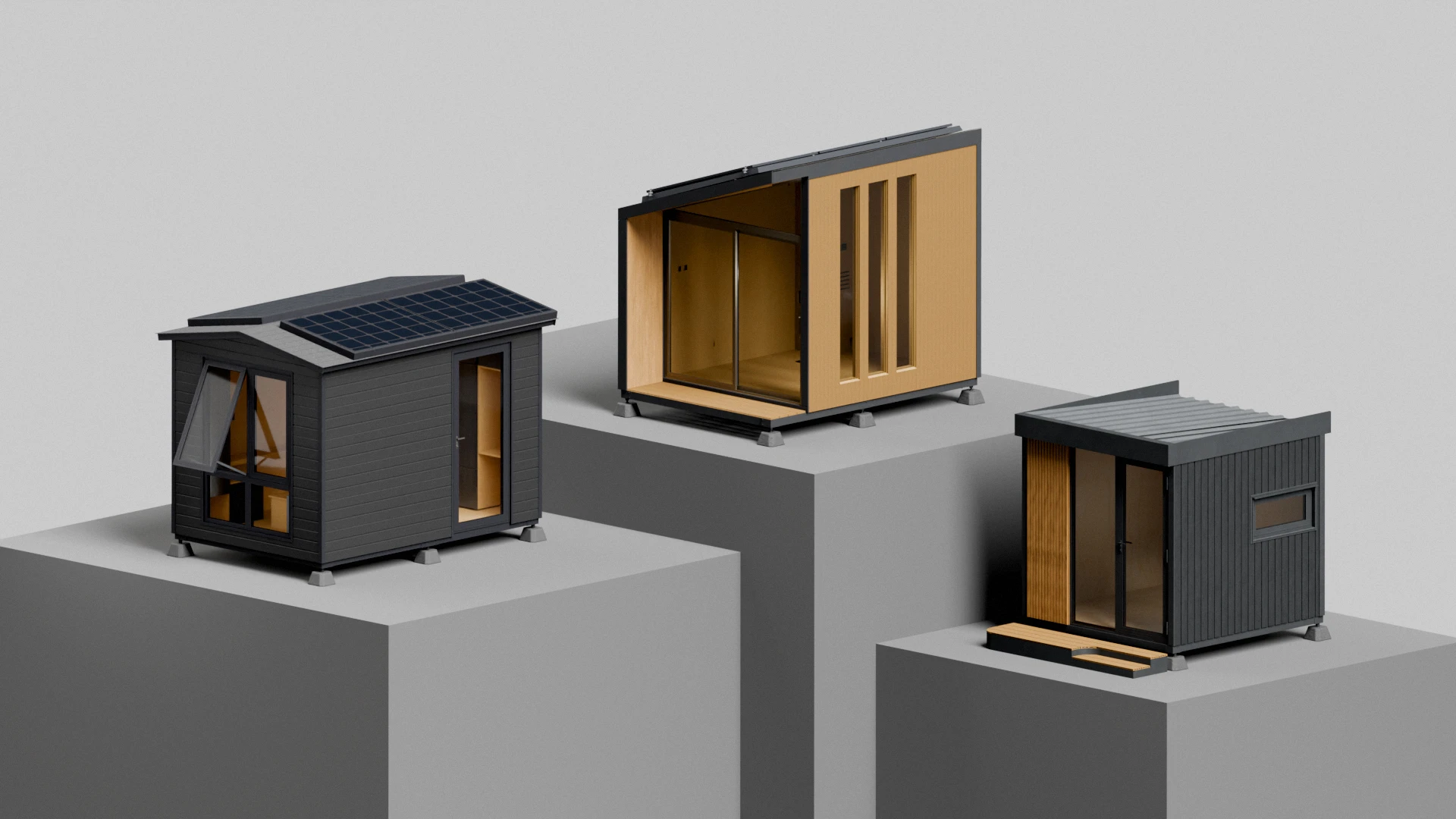
Difference Between an ADU and a JADU
Accessory dwelling units are referred to as ADUs. Standing on the same lot as a single-family house, it is an independent living space. ADUs may be added to, removed from, or transformed from preexisting buildings.
Junior ancillary dwelling unit is what JADU stands for. Compared to a typical ADU, this kind of ADU is smaller. Junior ADU in Los Angeles can only be linked to the main home and can't be bigger than 500 square feet.
The following table summarizes the key differences between junior ADU vs. ADU:
Feature | ADU | JADU |
Size | Up to 1,200 square feet | No larger than 500 square feet |
Location | Can be detached, attached, or converted from existing structures | Must be attached to the main house |
Bathroom requirement | Must have its own private bathroom | Can share a bathroom with the main house |
Occupancy requirements | No owner-occupancy requirement | Owner of the property must occupy either the main house or the JADU |
Why Are Los Angeles Homeowners Building JADUs?
With rising housing costs and limited space, junior ADUs in Los Angeles have become a practical solution for homeowners. Here’s why:
Affordability
JADUs require less construction and fewer permits than traditional ADUs, significantly reducing costs.
Lower utility, tax, and maintenance costs, making them a budget-friendly alternative to full-sized ADUs or cheap modular homes in Los Angeles.
Homeowners can maximize their investment without major renovations.
Versatility
Ideal for relatives, friends, or renters, offering affordable housing options.
Can function as a home office, studio, or guest space, similar to a prefab office shed in Los Angeles.
Easily converted back into the main house if no longer needed as a separate unit.
Sustainability
Uses fewer materials and energy than a full-sized ADU.
Homeowners are integrating eco-friendly features such as:
- Solar panels
- Rainwater harvesting systems
- Composting toilets
Meets Los Angeles ADU rules while reducing the environmental footprint.
Accessibility & Rental Income Potential
JADUs provide affordable housing options near workplaces, schools, and family.
Ideal for aging parents or individuals with disabilities, offering convenience and independence without major costs.
Can be rented out for passive income, though regulations vary. Property owners should be aware of SB 9 in Los Angeles if considering multi-unit developments.
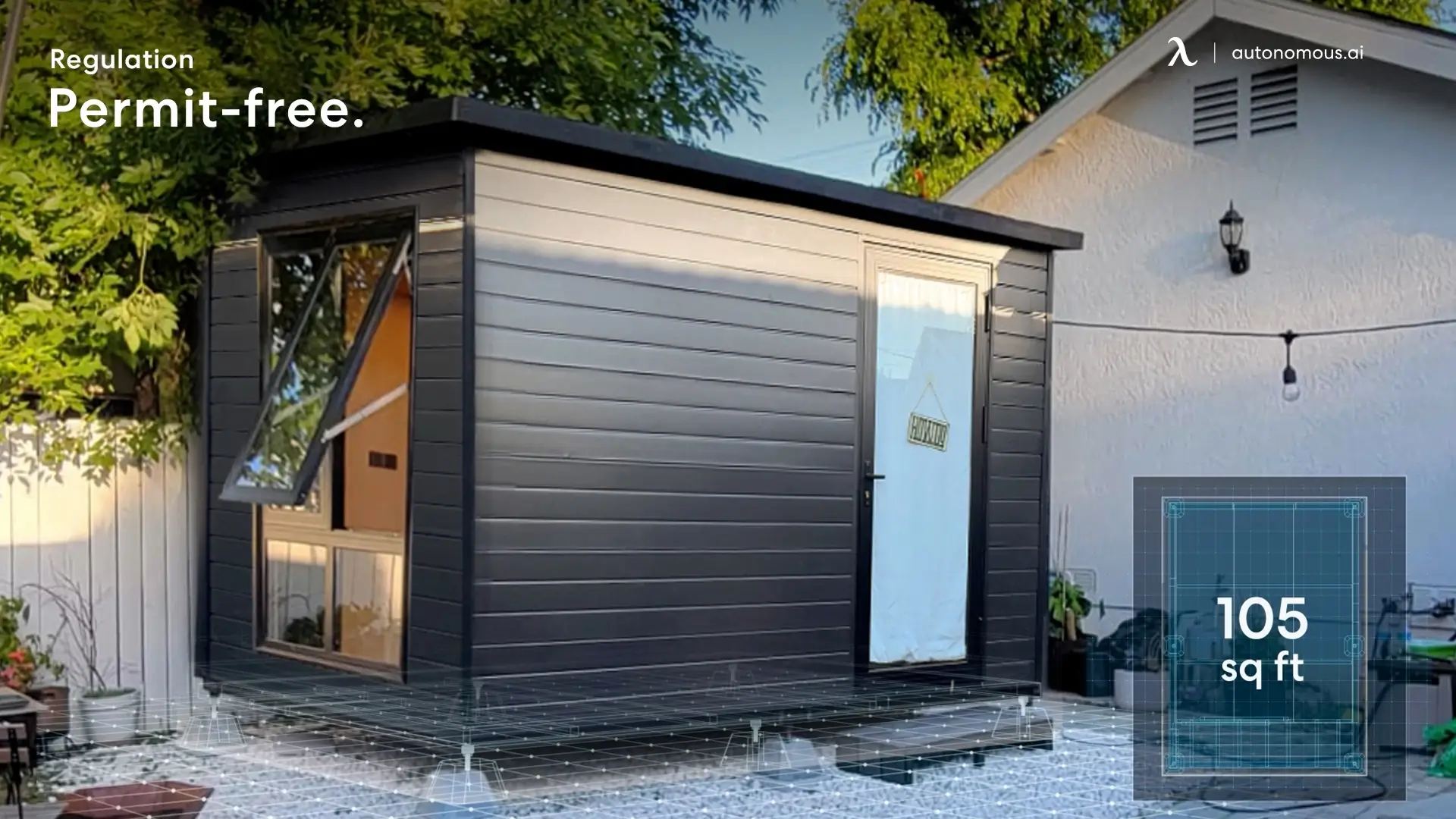
WorkPods: A Permit-Free Alternative to JADUs in Los Angeles
While junior ADUs in Los Angeles provide a great way to expand living space, they require permits, zoning approvals, and utility connections, which can complicate the process. For homeowners seeking a faster, hassle-free solution, Autonomous WorkPods offer a permit-free alternative that is quick to install, cost-effective, and versatile.
Why Choose WorkPods Instead of a JADU?
- Permit-Free Installation – Unlike JADUs, which require building permits and inspections, WorkPods are classified as temporary structures, meaning they do not require city permits in most locations.
- Quick Setup – WorkPods are delivered fully assembled and ready to use within days, while JADUs take months to plan and construct.
- Minimal Utility Requirements – WorkPods can operate with solar power or an extension connection, eliminating the need for costly sewer, water, and gas hookups.
- Versatile Usage – Whether you need a quiet home office, creative workspace, or personal retreat, WorkPods provide a flexible solution without the hassle of major construction.
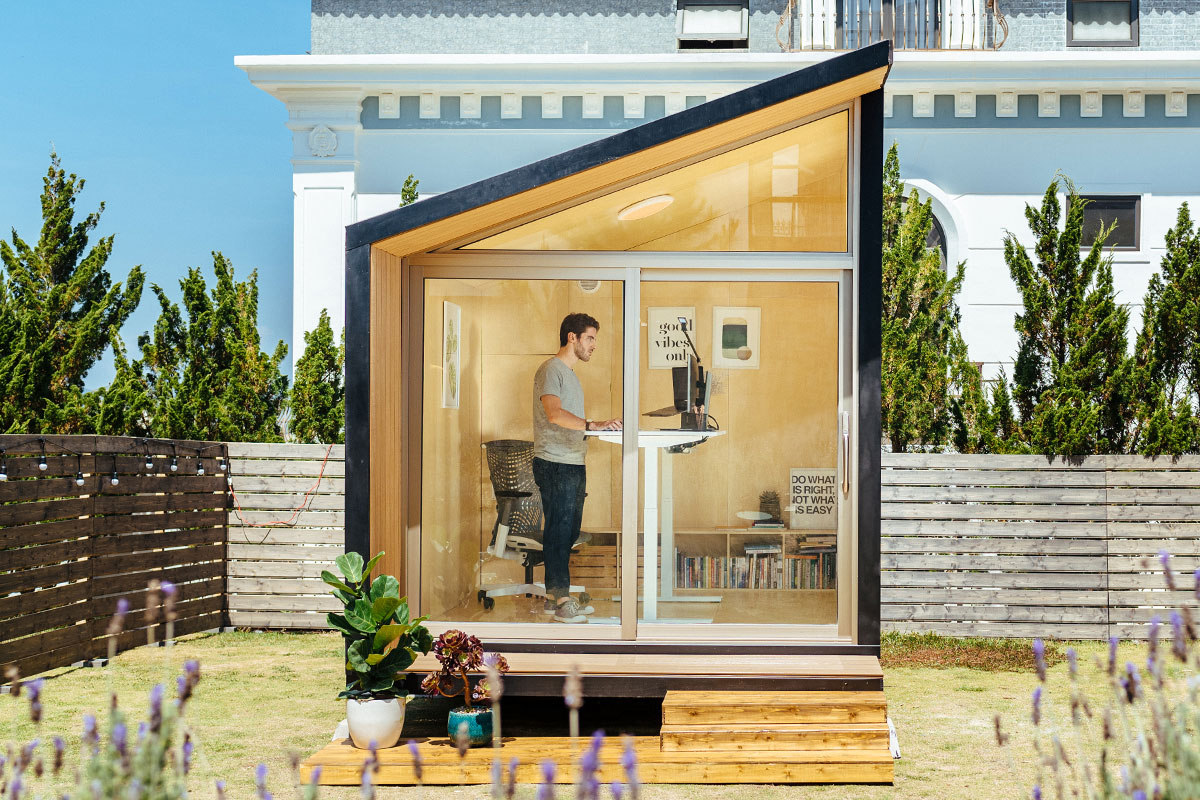
WorkPod
| Overall size | 8.5’W x 12’L x 11’H |
| Floorspace | 102 square feet |
| Ceiling height | 6.8’ to 9.3’ |
| Weight capacity | 2.9 tons |
| Door & Window dimensions, material (include glass) | Main door: 7.5’W x 6.8'H 3 windows: 1.1’W x 7.9’H Window material: Wooden frame, 5/16” tempered glass, composite wood cover Door material: Anodized aluminum frame, 5/16” tempered glass |
| Siding, roof, floor & balcony material | Siding: Plywood 1/2”, wooden frame, honeycomb paper, plywood 3/8”, bitume, housewrap, vinyl siding Roof: Roof shingles Floor: Plywood Balcony: Composite wood |
| Electrical devices | 1 RCB (Residual current breaker) 3 Wall outlet (Universal wall sockets) 1 Ceiling light switch 1 Ceiling light 1 Ventilator switch 1 Ventilator 66ft power cable with 2 connectors |
| Power input | Maximum voltage: 110V AC (US standard) Maximum current: 25A Maximum power dissipation: 2750W |
| Interior furniture | Unfurnished option: 1 Bookshelf, 1 Electrical Cabinet Furnished option: 1 SmartDesk Connect, 1 Autonomous Chair Ultra, 1 Monitor Arm, 1 Cable Tray, 1 Filing Cabinet, 1 Anti-Fatigue Mat, 1 Bookshelf, 1 Electrical Cabinet |
| Compatible with | Portable air conditioner: A/C units with dimensions smaller than 22” L x 20” W x 88” H and a 5.9” vent hole diameter will fit well. Heater: A small personal heater is more than sufficient. |
- Handy homeowners
- Professionals who need a quiet, dedicated space to work from home
- Freelancers who require a focused environment away from household distractions
- Permit-free
- Zero foundation preparation
- Built with weatherproof and soundproof materials
- Pre-wired with ambient lighting and outlets
- Ready in 3 days
Explore WorkPod Design Options
For those seeking a modern backyard workspace, a prefab office pod provides a turnkey solution for remote work, while an indoor office pod offers a space-efficient alternative inside your home.
If sound privacy is a priority, a soundproof office pod for home ensures a distraction-free work environment, making it ideal for virtual meetings, content creation, and focused tasks.
Homeowners looking for aesthetic backyard solutions can explore small shed office interior ideas to create a functional and stylish workspace. Alternatively, a studio office shed or a tiny office shed provides a sleek, private setting for work or leisure.
For homeowners in California, outdoor office setups showcase customized garden pod solutions, while a prefab home office offers long-term functionality with a professional aesthetic.
With no need for permits, minimal installation time, and a range of designs, WorkPods are a practical and efficient alternative to a junior ADU in Los Angeles—allowing homeowners to expand their living and working space without the hassle of zoning laws or construction delays.
Conclusion
A junior ADU in Los Angeles is an excellent way to increase property value, generate rental income, or provide additional living space without major construction costs. With lower permitting requirements, smaller space constraints, and flexible usage options, JADUs are becoming an increasingly popular housing solution in Los Angeles.
By understanding the junior ADU Los Angeles requirements, homeowners can successfully navigate the permit process, estimate costs, and maximize their property’s potential. Whether you’re building for family housing, rental income, or a home office, a JADU is an affordable and practical option for expanding your living space in Los Angeles.
For those considering an ADU project, it’s important to compare ADU cost in Los Angeles and explore the best ADU builders in Los Angeles. Homeowners should also review the Los Angeles ADU program to understand available incentives and permitting requirements.
Stay connected with us!
Subscribe to our weekly updates to stay in the loop about our latest innovations and community news!
Interested in a Link Placement?
Spread the word
.svg)
.svg)


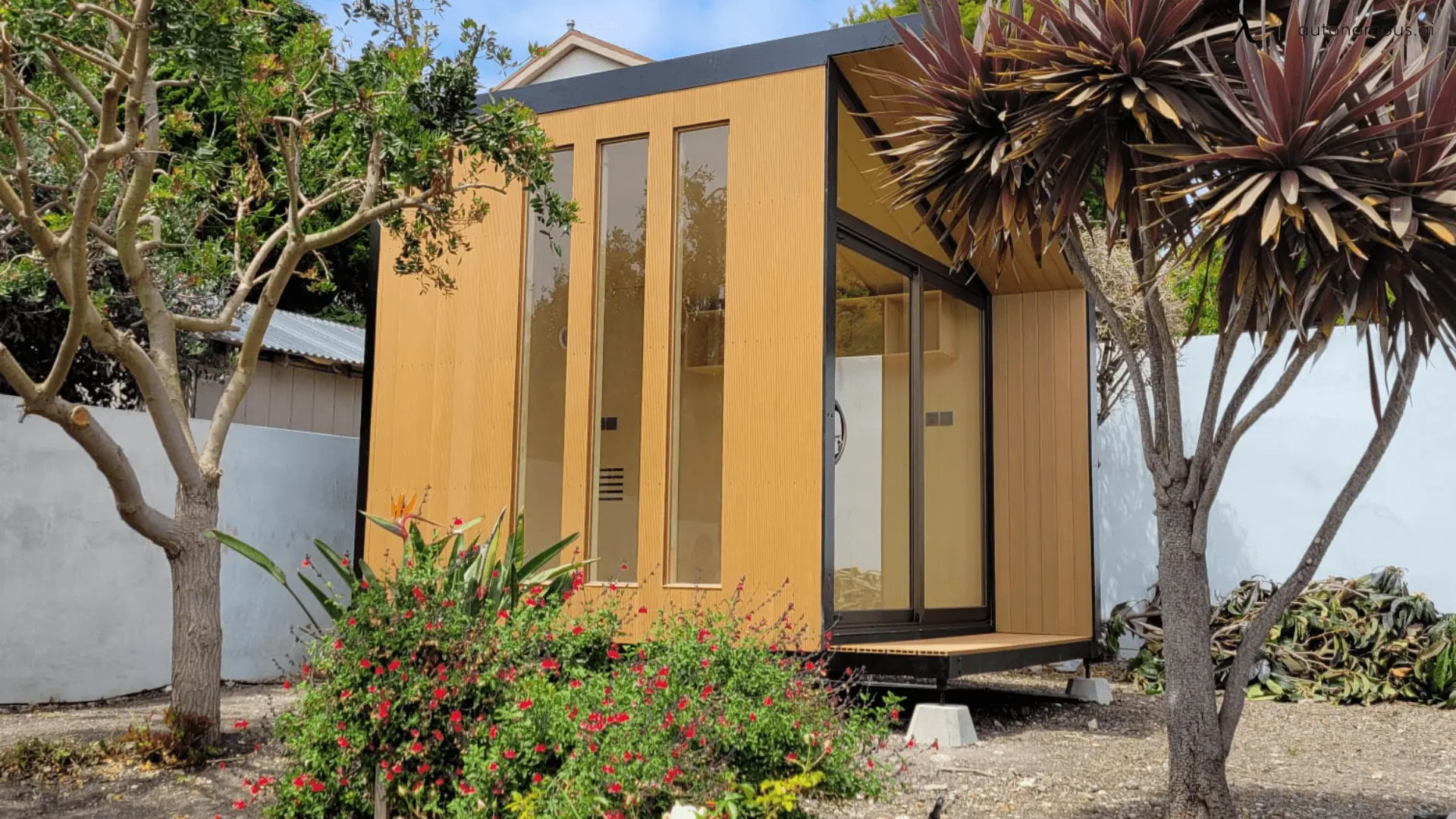
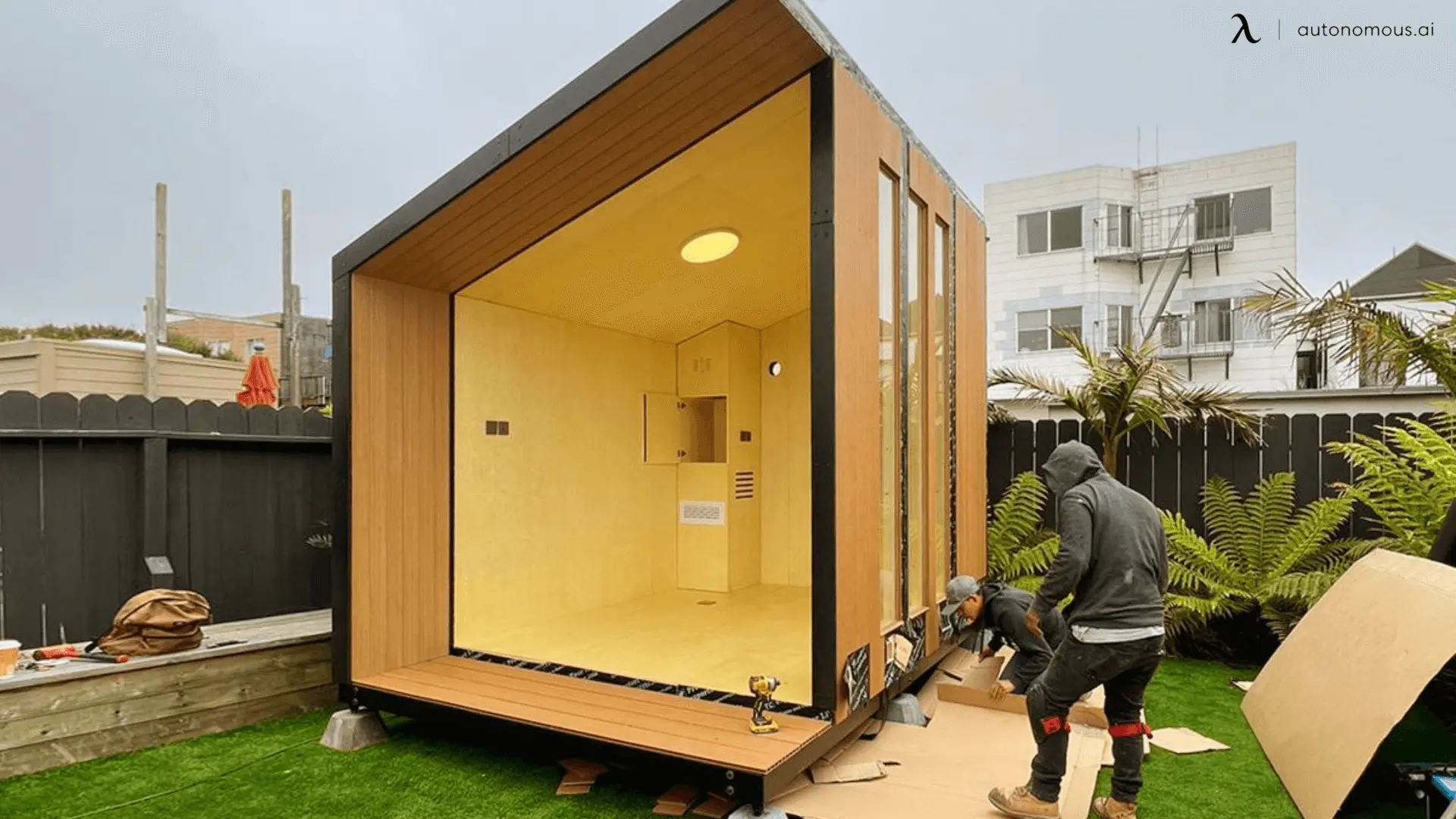
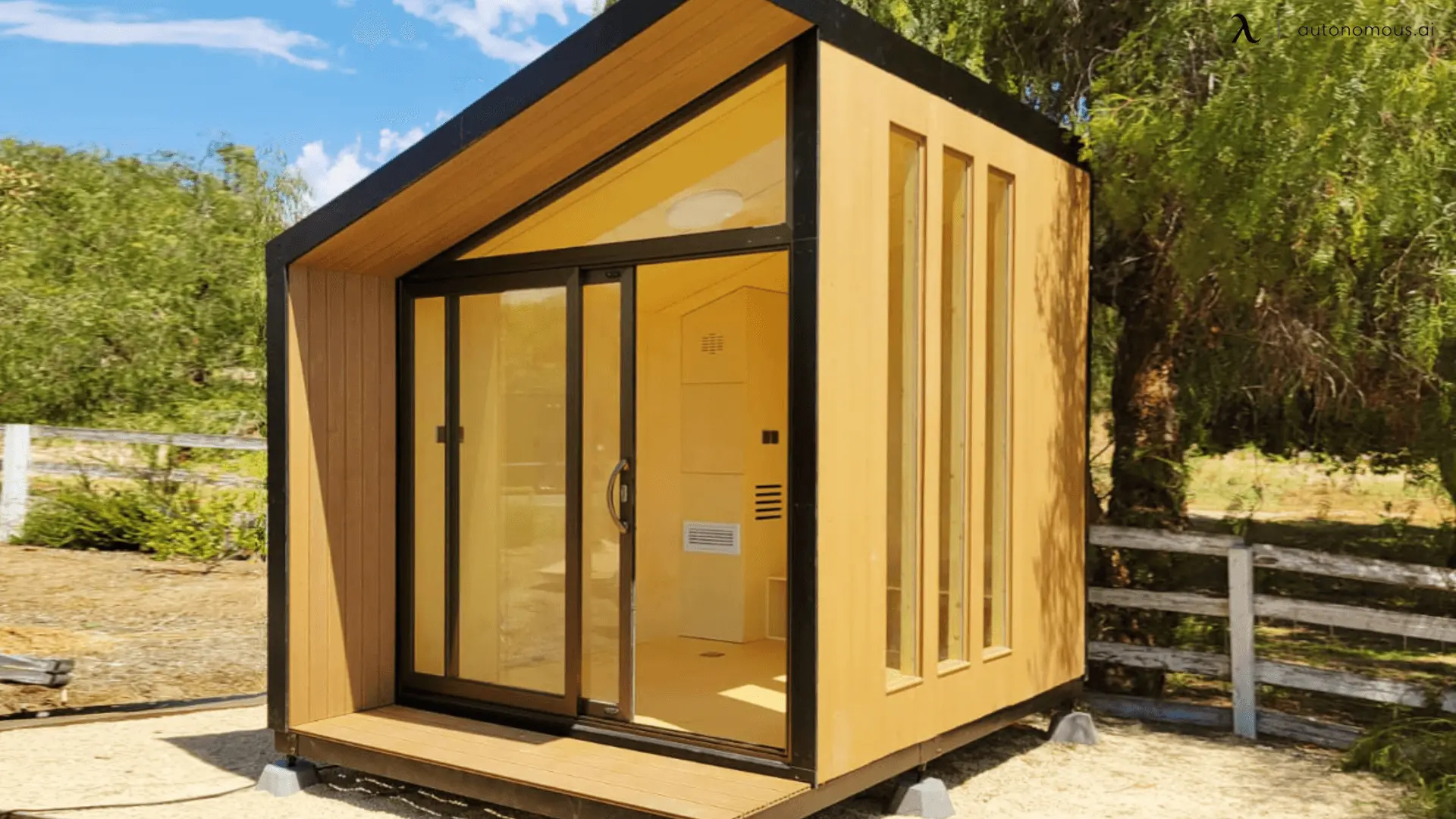


/https://storage.googleapis.com/s3-autonomous-upgrade-3/production/ecm/230914/bulk-order-sep-2023-720x1200-CTA-min.jpg)

/https://storage.googleapis.com/s3-autonomous-upgrade-3/production/ecm/230824/image_tMoN47-V_1692155358869_raw-93ed49d8-7424-464e-bdfe-20ab3586d993.jpg)